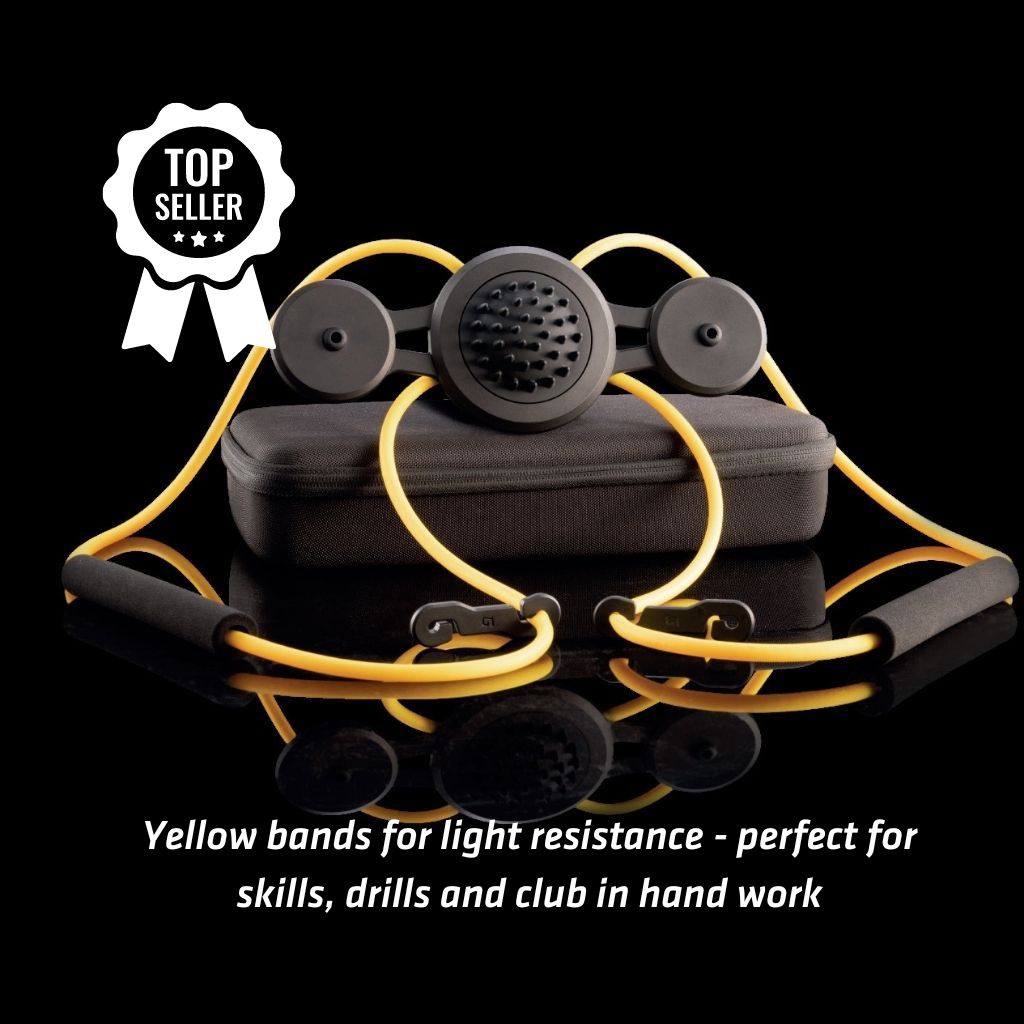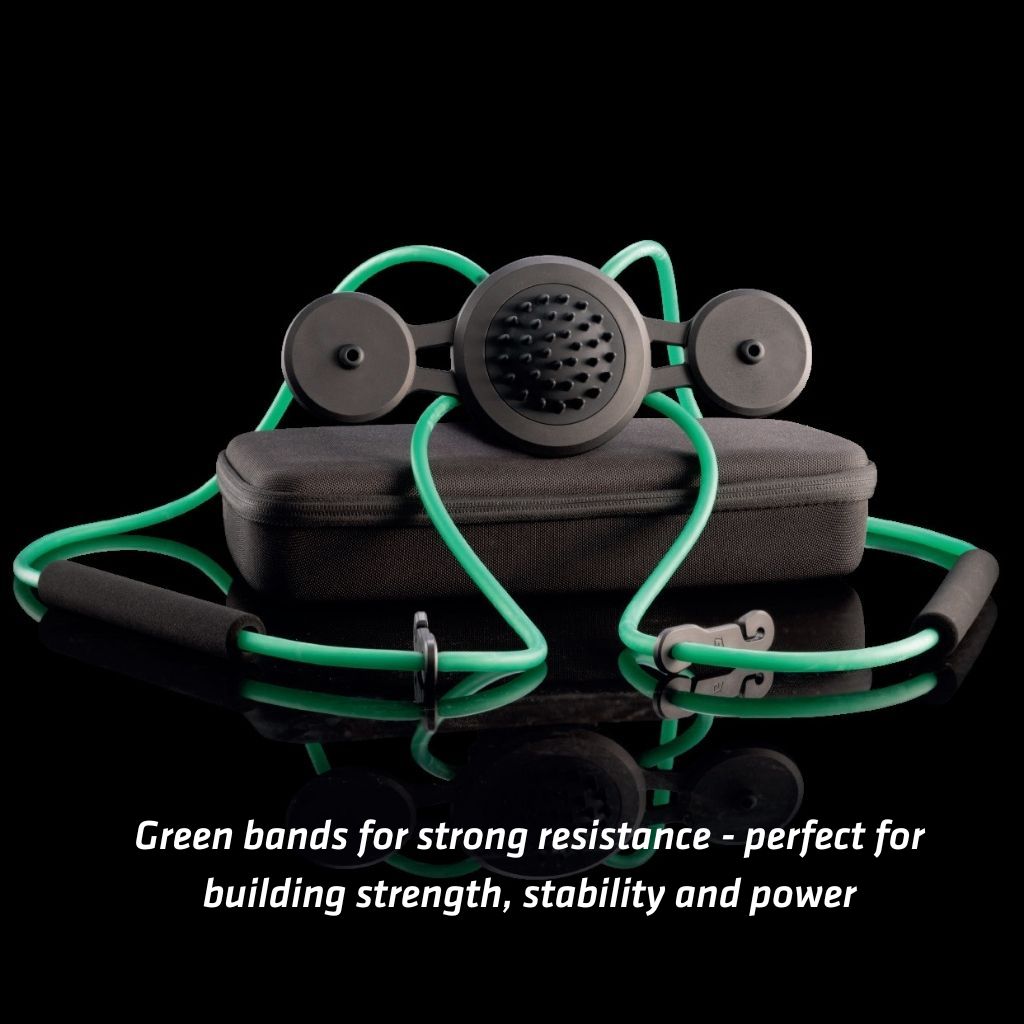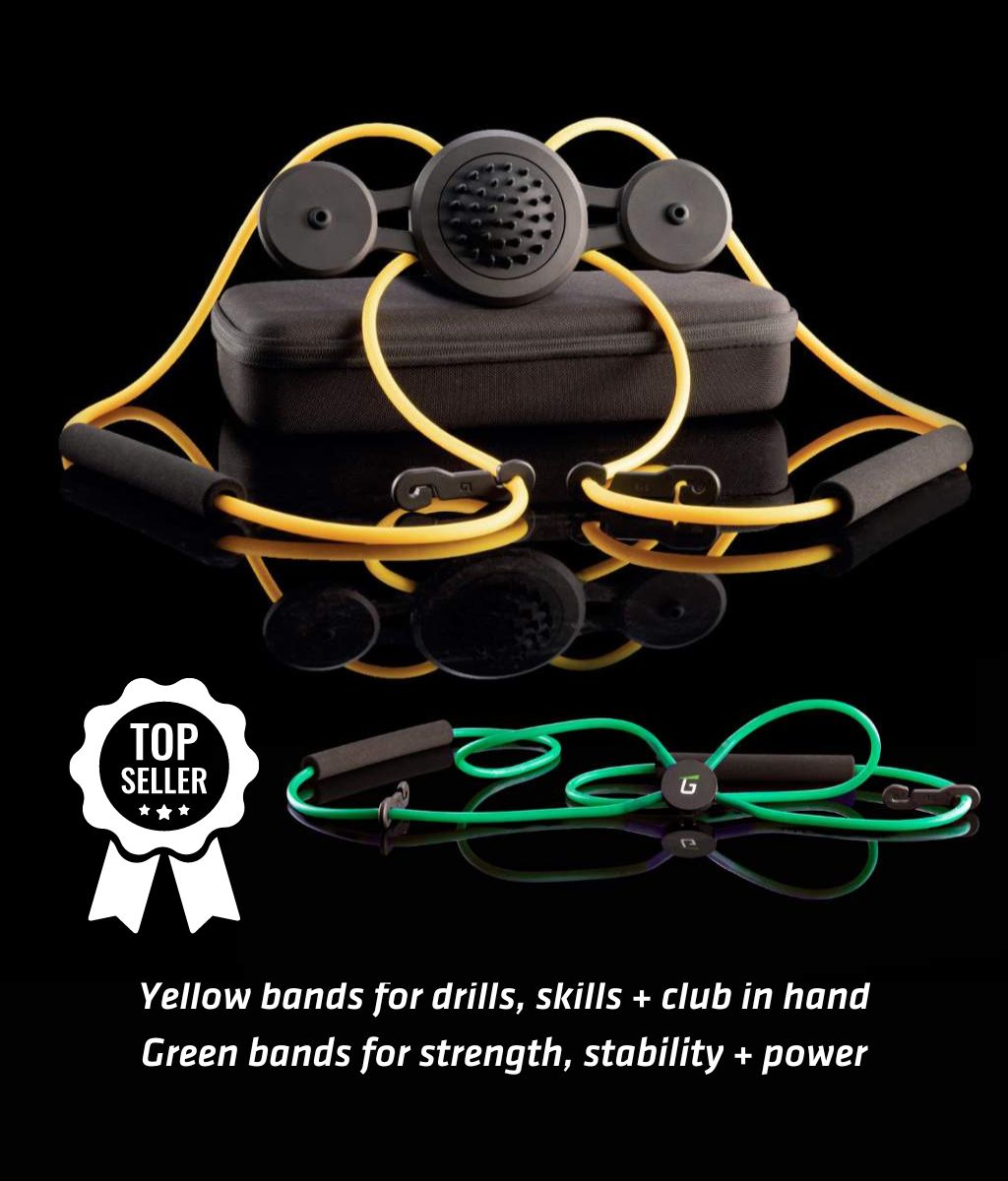Your Cart is Empty
STANDARD AND EXPRESS SHIPPING WORLDWIDE!
STANDARD AND EXPRESS SHIPPING WORLDWIDE!
STANDARD AND EXPRESS SHIPPING WORLDWIDE!
November 08, 2021 3 min read

his article is co-authored with Anne-Lise Bidou.
Anne-Lise is a French physiotherapist (trained in Australia), working on the LPGA Tour. Her current stable of players includes Hannah Green, Lizette Salas, Morgan Pressel, Paula Creamer, Mel Reid, Maria Fassi, Madelene Sagstrom, Mariah Stackhouse, Alena Sharp, Ashleigh Buhai, Laura Gonzalez Escallon and Tiffany Chan.
You can follow Anne-Lise and her life / work on tour – Instagram and Facebook
Golf warm ups are often generic, vague and lacklustre, when they should be specific, targeted and performed with intent. It’s the last opportunity you get before playing to get your body moving well, so why not make the most of it??
In this article, we present an example warm up from Mariah Stackhouse – former Stanford star and emerging LPGA Tour player. Like many recreational golfers, Mariah’s warm up used to be quite random, with no specific goals or direction and as a result, was rarely performed with much consistency.
When she started seeing Anne-Lise at the start of the 2019 LPGA Tour season, there were a few physical priorities that needed to be addressed:
Throughout the 2019 season, whilst focusing on reducing pain and increasing mobility and stability, Mariah’s physical abilities have significantly improved. She no longer suffers from upper-back/neck or low back pain, demonstrated when she played a pain free stretch of 7 weeks in a row in the middle of summer!
As Anne-Lise’s combination of treatment and gym work with Mariah started to yield results, a natural progression was to incorporate some of the exercises into a structured warm up routine. It made sense to ensure the negative physical tendencies didn’t creep into her golf swing and performance when it mattered most.
Mariah kicks off her warm up some basic movement preparation that includes mobility exercises using a foam roller and spiky ball to release the muscles that typically get tight (quads, QL/back extensors, pecs and calves) and some dynamic stretches targeting the hips, thoracic spine, shoulder, wrist and ankle.
What follows are examples of the additional specific warm-up exercises that have been incorporated into her routine, along with the reasons for their inclusion relative to the physical priorities outlined above.
In order to activate Mariah’s glute muscles (“king in the golf swing” according to Lance Gill) she does a crab walk with mini-band around the knee, combined with posture setting and a scapular (shoulder blade) stability exercise. The GravityFit TPro provides load and stimulus for her shoulder stabilisers as she pushes out against the yellow tubing, whilst making small circles. The part sitting on her upper back is called the backbow, providing awareness and feedback on Mariah’s posture.
The trunk rotation with TPro focuses on upper/lower body dissociation; a very useful movement pattern in the golf swing. This an area that Mariah has focused a lot of effort on, partly due to the relevance to her backswing movement. She knows that an optimal take-away, with good arm-body connection, will set her in a good position from which she can make her ideal move into the downswing.
This exercise challenges Mariah’s ability to balance whilst rotating; another key focus for her. From a more general perspective, working on proprioception helps to improve neuromuscular function, helping to maximise her movement coordination and energy transfer.
One of the last things Mariah does before heading to the range is to practice a full backswing movement with the TPro. Again, for feedback on posture and shoulder position, whilst also pushing out against the yellow tubing with the aim of maintaining the width in her lead arm.
Additional Reasons for including the TPro in Mariah’s warm up:
Mariah tends to overuse her upper trap, neck and pec muscles to stabilise her head, spine and shoulders. The TPro is useful due to the constant feedback on posture, along with stimulus to her activate her scapular stabilisers and core muscles (allowing upper trap, neck and pec muscles to relax).
Due to some previous wrist injury, the use of the TPro has also been very effective in preparing the muscles around her hands, wrists, elbows and shoulders.
You might want to consider adding a few specific movement preparation exercises to your pre round routine. The self massage and stretching will help ensure good range of movement, but switching on the right muscles and rehearsing your desired movement patterns could really help you find your swing earlier in the day!



Sign up to get the latest news on products, exercises, drills and more …